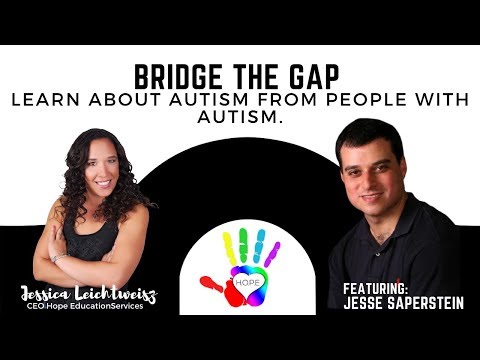A common mistake that people make is confusing Discriminating Stimulus (SD) with the Stimulus Delta (SΔ). However, it is a very easy distinction. Here is how to tell the difference. Discriminating Stimulus (SD) A SD signals that a reinforcer is available for a response. So example, Example 1.) Jenny, an ABA therapist, is working with Ben, a four year old…

Behavior falls under two main classes: respondent behavior and operant behavior. As a result, behavior analysts use two main procedures: respondent and operant conditioning. Respondent Behavior Respondent behavior is behavior that is caused by stimulus in the environment. The behavior is unlearned and a reflex. A behavior is elicited, unintentional and cannot be controlled. This was first developed by Watson…

Response Class v. Behavior Repertoire Response class and behavior repertoire are two terms that may appear on your board certified applied behavior analysis (BCBA) qualification exam. They are simple yet often overlooked terms. Response Class Response class refers to all the behaviors that serve the same function. This is regardless of whether they are perceived to be “good” or “bad.” …

Applied behavior analysis (ABA) is not the only science of behavior. Therefore, behavior analysts had to set specific criteria for what makes something ABA. Therefore, in order for something to be considered ABA, it must meet all seven of the following criteria. If any are missing, a treatment would not be considered ABA. Applied Any behavior being changed in ABA…

Parsimony simply means that when conducting a scientific experiment to always choose the most simple explanation. The classic example, “If you hear hoofbeats, think horse — not zebra.” Here are some examples of parsimony in ABA terms. Every day after school, Joe gets off the bus, walks into the kitchen and cries. His mom gives him a cookie as soon…

Experimental control is the degree to which the same intervention can be shown to have a predictable effect on behavior. The point of experimental control is to demonstrate a functional relationship between a behavior (dependent variable) and intervention (independent variable). In applied behavior analysis, (ABA) behaviorists are constantly validating that interventions work by analysis and experimentation. If a behavior change…

Parametric analysis Parametric analysis refers to evaluation the intervention (treatment ) or independent variable in an applied behavior analysis (ABA) study or experimental design There are two ways to describe the independent variable: parametric and nonparametric. If an independent variable is nonparametric- it is either on or off. The easiest way to think of this is a light switch. The…

In this brief blog article, we will define a contingency contract and provide examples. A contingency contract is a written agreement between two people that specifies a behavior that one person agrees to engage in and a reward that another person agrees to give as a result. When Should You Use a Contingency Contact? You should use a contingency contract…

By now, many parents have been homeschooling their kids for over a month. For some, it has gotten easier but for some it is just a big, huge, epic disaster. It may seem like your child is never going to listen to you. I have good news and bad news. The bad news…. A lot of schools may not reopen…

When I first started working with kids with Autism in 2008, adults with Autism would have been born before 1990. Back then only 1 out of every 10,000 people had Autism. There was no community of adults with Autism. Nobody really knew for sure if adults with Autism could go to work or to school or to college. There were…

